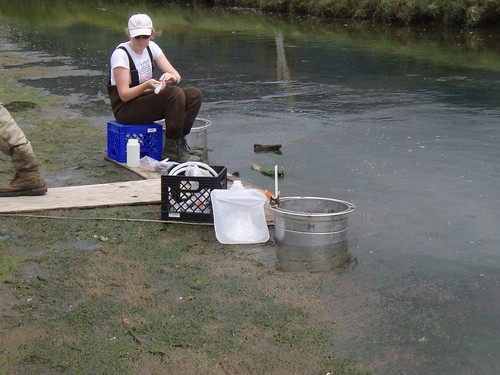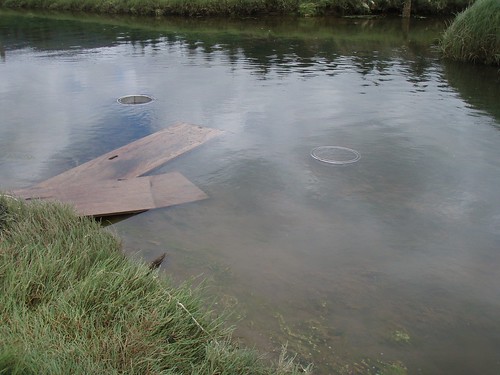(An expanded version of this post including a bunch of great photos is now on my blog: http://biogeonerd.blogspot.com/2012/07/week-5-of-internship-erupting-into-high.html
This week I had a meeting with my mentor Nancee, as well as Mark and Shawn, other Free Choice Learning guru’s. I showed them all the stuff I had collected and we talked about the next steps. I feel I have a much more clear view of what’s going on with this exhibit and I’m ready to start the next phase. That is to talk with visitors to do some informal research on what things are going to work well for the exhibit. This will help me with my planning. It’s kind of crazy to think that I only have 5 weeks.
So some people may have heard about the disturbances that happened at Yaquina Head with the common murres. I happened to be there that night when it all went down. I heard about helping to volunteer with this research by interpreting to the public and I jumped at the opportunity.
Juvenile California Brown Pelicans came in and went through this infuriating (to me) routine of flapping their wings to scare away the adult murres, and at this point many of the chicks fell down to the water. All they seemed to be after was to steal whatever fish the parents had brought to feed their chick. When the murres got scared they would drop it and the pelican would eat it. Sometimes the pelicans would eat small chicks, and sea gulls being the opportunists they are rushed in to eat many chicks with the parents scared away. The pelicans were also seen swallowing a chick then spitting it back out then swallowing again and repeating until the chick was dead. I don’t know what the pelicans got out of this since they didn’t eat these chicks.
The colony was thinned to a fraction of its original size that night. It was sad to watch. I also went down to the beach the next day and saw many dead chicks washed up. Apparently hundreds of them were further down on the beach.
This weekend when I was off, my kids and I went to central Oregon and discovered volcanoes! (Hence the “erupting” in this blog title.) We got to drive to the top of a cinder cone and walk all around the rim of it, take a hike amidst a huge lava flow, and walk through a lava tube cave. We also went to the John Day fossil beds at Sheep Rock and the Painted Hills. Super cool! I thought going to central Oregon would be a short and slightly boring trip but I realized after arriving that there was so much to do I could have easily stayed for a week.







